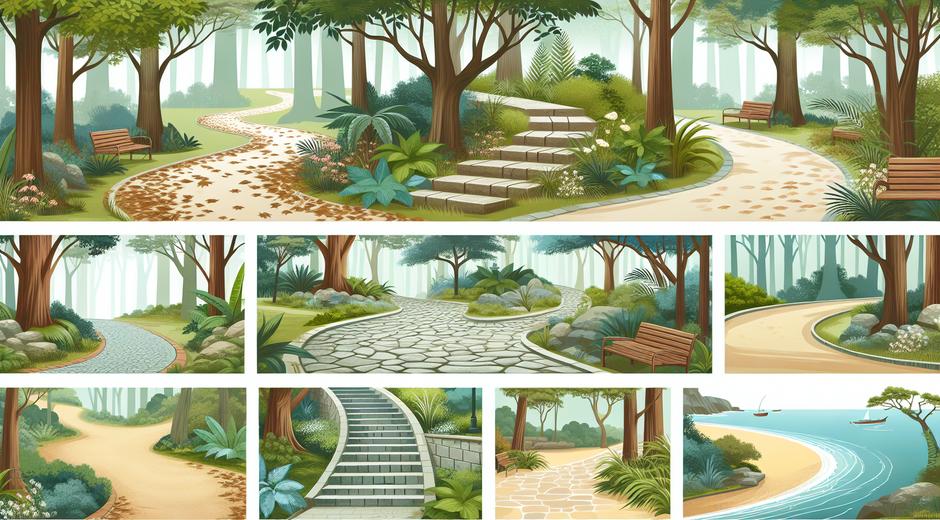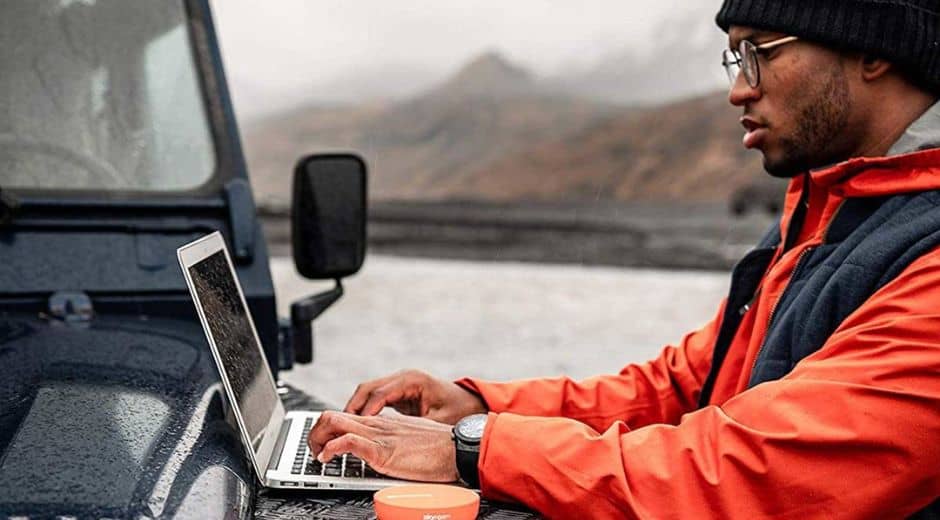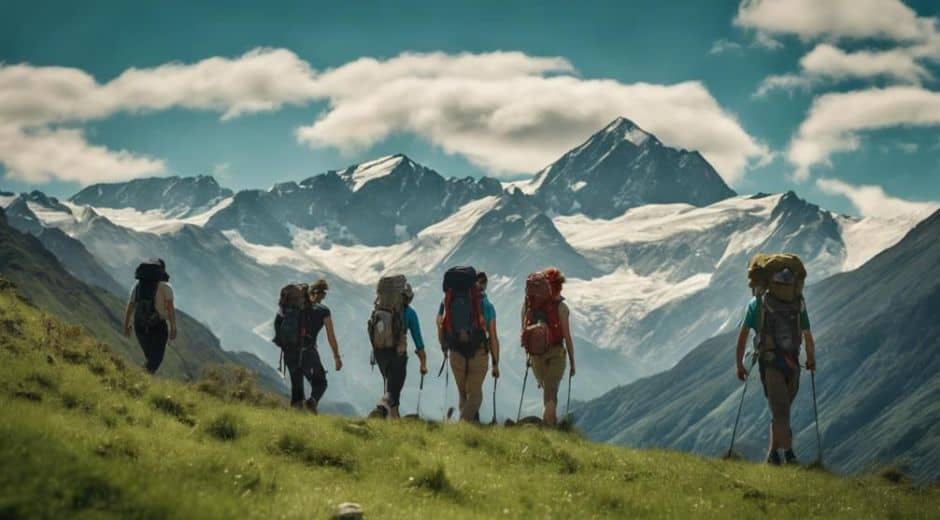Pathways: How Routes Shape Stories and Transform Journeys
Pathways are more than lines on a map or trails beneath our feet. They are living narratives that connect places ideas and people. For readers and travelers who seek meaning beyond routine movement the concept of Pathways opens a vast field of possibility. This article explores Pathways from multiple angles cultural ecological and personal to help you notice choose and follow routes that enrich your experience of the world.
What the Word Pathways Means Today
At its core Pathways refers to a passage or direction that leads from one point to another. In contemporary usage the term has stretched to cover physical routes such as walking trails and urban lanes as well as metaphorical routes like career trajectories learning tracks and creative processes. Each type of Pathways carries its own texture history and rhythm. When understood as stories rather than static objects Pathways become tools for discovery and transformation.
Why Pathways Matter for Travelers and Storytellers
Stories need motion. A narrative that does not move lacks tension and becomes static. Pathways provide the motion by introducing change choice and consequence. For travelers a Pathways can be a pilgrimage route that carries ritual memory an ecological corridor that reveals biodiversity or a city alley that opens into a hidden market. For storytellers Pathways offer structure they provide waypoints for character decisions and scenes that reveal identity.
If you want to explore a hub of curated travel essays and original narratives that celebrate the interplay of route and story visit tripbeyondtravel.com to read essays that examine how Pathways shape local culture and personal transformation. The site collects perspectives that range from intimate day trips to epic multi month excursions each framed by the routes that make them possible.
Nature Pathways and the Web of Life
In ecosystems Pathways are literal and vital. Animal trails connect feeding grounds watering holes and nesting sites. River corridors link habitats and enable migration. Green belts and ecological corridors allow species to move and genetic exchange to occur. Recognizing these natural Pathways helps scientists planners and curious explorers to preserve biodiversity and to design human systems that coexist with living networks rather than fragment them.
For those looking to deepen their connection to nature consider resources that focus on conservation and natural immersion. Practical guides and immersive experiences can highlight local corridors seasonal migrations and the best routes for observing wildlife without disturbing essential Pathways. A recommended source for natural immersion and curated eco travel options is BioNatureVista.com where you can find guided experiences that honor the living Pathways that sustain complex ecosystems.
Urban Pathways and the City Story
Cities are stitched together by streets lanes and passageways each carrying traces of social history and human choice. Urban Pathways reveal patterns of segregation connection and economic flow. A single street can tell multiple stories depending on time of day the people who walk it and the businesses that line it. Guided walking tours and self guided explorations help uncover hidden narratives by following these urban threads.
Travelers who pay attention to urban Pathways learn to read a place beyond tourist icons. They notice where plazas draw people together which alleys foster small shops and how public transit routes shape daily life. Mapping your own urban Pathways is a practice in listening to a city and crafting a travel story that reflects deeper engagement.
Personal Pathways and Life Design
Beyond physical routes Pathways also describe the steps we take in learning relationships and career development. A conscious approach to personal Pathways involves identifying short term waypoints and aligning them with long term goals. This approach echoes how explorers and storytellers scout a route before committing to it they test terrain gather information and adapt when unexpected obstacles appear.
Key practices for designing effective personal Pathways include setting clear milestones seeking mentors who have walked similar routes and maintaining flexible plans that allow for detours. Remember that detours often lead to the most interesting chapters in a life story. Embracing small experiments can reveal affinities and talents that a straightforward march toward a distant summit might obscure.
How to Discover Meaningful Pathways
Finding a pathway that resonates requires attention curiosity and a willingness to shift perspective. Start with observation. Walk slowly and note details of the places you pass. Keep a travel journal to capture sensory impressions and unexpected encounters. Talk to locals and ask about routes they use daily and why they matter. This conversational mapping builds a richer picture than any guidebook alone.
Next layer your exploration with research. Look for maps oral histories and community projects that highlight routes of significance. Many regions have walking networks community led Pathways or heritage trails that connect stories of migration trade or cultural exchange. Engaging with these resources not only deepens your own journey it supports local stewardship of meaningful routes.
Practical Tips for Following Pathways with Care
Whether you are exploring wild trails urban alleys or career tracks keep sustainability and respect as guiding principles. On natural Pathways practice Leave No Trace ethics and respect seasonal restrictions that protect wildlife. In cities follow local laws support small enterprises and be mindful of private property. When pursuing a personal Pathways ask for permission before sharing someone else story especially in communities that have experienced exploitation from outside attention.
Use technology wisely. GPS apps and mapping tools can reveal new Pathways allow you to plan logistics and share routes with friends. Balance these tools with offline practices like carrying a paper map and learning basic navigation. Over reliance on digital aids can erode the slow attentive walking that reveals the heart of a pathway.
Stories Born from Pathways
Some of the most compelling travel narratives arise when the pathway itself becomes protagonist. A river that changed course and altered a town fate a mountain pass that shaped migration flows a road built for one purpose and repurposed by new generations. These are the plot points that make travel writing resonate across cultures. When you write about Pathways aim to show how the route affects people place and time rather than merely cataloging scenery.
Technique matters. Use scene and detail show cause and effect and record voices that live along the route. A story that connects the micro moment to larger currents will linger longer in the reader imagination. And remember that offering context and solutions where harm exists can turn a good story into a constructive one.
Creating Your Own Pathway Project
If you want to build a project around Pathways consider these steps. Choose a focus scale and scope. Small scale could be a neighborhood exploration medium scale might be a regional trail and large scale could be a thematic examination of migration routes across a continent. Gather collaborators local historians ecologists urban planners and storytellers to weave diverse knowledge together. Plan a documentation method such as photography audio interviews or a multimedia map to preserve findings and to share them responsibly with a wider audience.
Finally reflect on impact. How will your project support local communities and the living systems that make Pathways possible? Can it inspire stewardship or policy change? Projects that center respect reciprocity and long term engagement will create the most meaningful outcomes.
Conclusion
Pathways are powerful lenses through which we can read the world and shape our journeys. They connect ecology culture history and personal evolution. By learning to notice follow and honor these routes we gain access to stories that enrich travel and everyday life. Explore Pathways with curiosity humility and care and you will find that every route has a tale to tell and a lesson to offer.
For more essays reflections and practical guides that celebrate the many forms of Pathways visit tripbeyondtravel.com to continue your journey into story based travel and thoughtful exploration.















